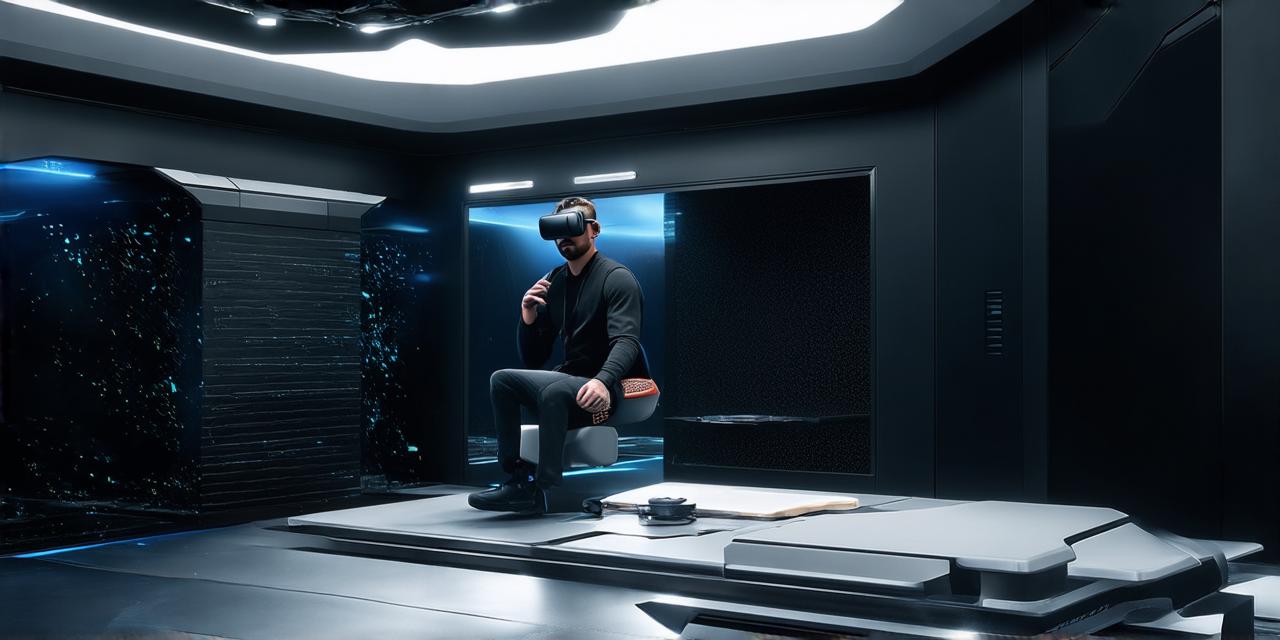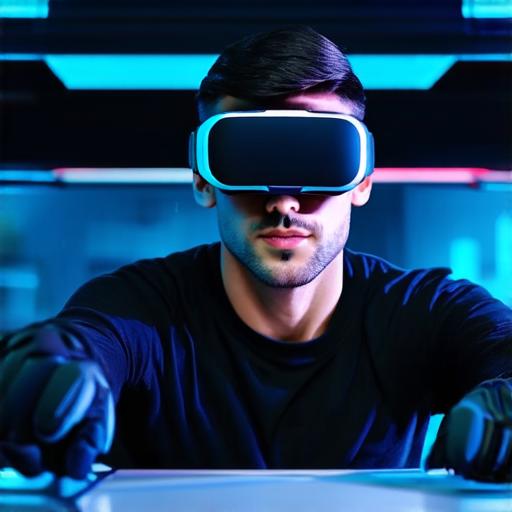
How does virtual reality provide assistance?
Virtual Reality in Healthcare
One of the most significant benefits of VR technology is its ability to improve healthcare outcomes. VR can be used to simulate medical procedures, allowing doctors and nurses to practice their skills in a controlled environment before performing them on real patients. This technology can also be used to treat mental health disorders such as anxiety and depression by providing a safe space for individuals to confront their fears or practice relaxation techniques.
Additionally, VR has been shown to be effective in pain management by distracting the brain from focusing on pain and providing a sense of immersion that can help reduce anxiety and stress levels.
Virtual Reality in Education
Virtual reality has also revolutionized the way we learn. It provides an interactive, engaging experience that can enhance student engagement and motivation. VR allows students to explore different environments and cultures, giving them a firsthand understanding of the world around them.
Furthermore, VR simulations can be used to teach complex concepts in subjects such as science and math, allowing students to visualize and interact with these concepts in a way that is not possible with traditional teaching methods.
Virtual Reality in Entertainment

Virtual reality has also had a significant impact on the entertainment industry. With VR technology, users can immerse themselves in virtual environments and experience things that were previously impossible or extremely difficult to replicate in real life. This has led to new forms of entertainment such as virtual concerts, movies, and games, which provide a unique and engaging experience for users.
Furthermore, VR technology can also be used to create immersive advertising experiences, allowing businesses to engage with their customers on a deeper level.
Virtual Reality in Business
Virtual reality is also being adopted by businesses to improve efficiency and productivity. For example, VR simulations can be used to train employees for specific tasks, such as operating machinery or handling hazardous materials. This allows companies to reduce the risk of accidents and injuries while also providing a more effective training experience.
Additionally, VR technology can be used to create virtual showrooms or product demonstrations, allowing businesses to showcase their products in a more engaging and interactive way.
Case Studies
One example of how virtual reality is being used in healthcare is through the use of VR simulations for medical procedures. For instance, surgeons at the University of California San Francisco have been using VR technology to practice laparoscopic surgery, allowing them to gain a better understanding of the procedure and improve their skills before performing it on real patients.
Similarly, in education, VR has been used to teach complex concepts in subjects such as physics and biology. For example, students at Stanford University have been using VR simulations to learn about the human body and its functions.
Virtual Reality and Accessibility
Virtual reality also has the potential to improve accessibility for individuals with disabilities. For instance, VR technology can be used to create virtual environments that are accessible to individuals with mobility impairments, allowing them to participate in activities and experiences that they may not have been able to otherwise.
Furthermore, VR technology can also be used to create virtual assistants or communication devices for individuals with speech or hearing impairments, providing them with a more effective means of communication.
Virtual Reality and the Future
Virtual reality technology is rapidly advancing, and its potential applications are virtually limitless. As VR becomes more accessible and affordable, we can expect to see even more creative uses for this technology in healthcare, education, entertainment, and beyond.


